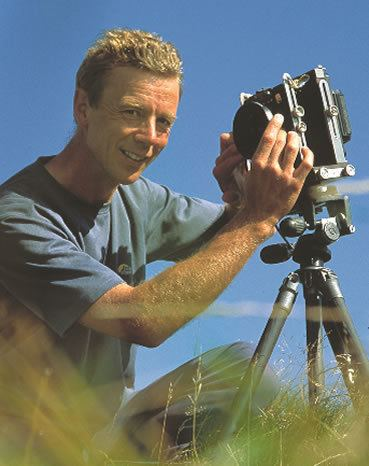
Joe Cornish is a British Photographer known for his beautiful landscape photos which he takes with his large format camera.
Born in Devon UK, Joe studied Fine art at the university of Reading. After his degree he moved to America to train to be a photographer’s assistant. After that in 1982 he moved to London and became a freelance assistant but shorty after he ended up becoming a commercial photographer.
Joe’s love and passion for nature began in 1990 when he made the photographs for the book ‘In search of Neptune’ by Charlie Pye-Smith which was created for the national trust in celebration of their coastline 25 years after they managed to successfully acquire over 900 miles of English coastline to preserve and look after. Charlie Pye-Smith described this as “What would have been lost were it not for the Trust does not bear thinking about.” This was really where Joe’s passion for nature and natural landscapes began as after working on the book for the national trust he continued to do freelance work for them. Three years after the book he moved to North Yorkshire by the moors where he has photographing the landscape around the moors for over 20 years.
Joe Cornish sees his work as a reflection for the search of beauty in nature and in landscape and doesn’t view his work as creative, rather as himself being determined and his love for nature. “Nature is far more curious, incidental, intuitive, organic, asymmetrical, inventive, extravagant, unpredictable and experimental than I could ever be. All I need to do is truly pay attention to it with my whole being.”
His website focuses on nature and landscape photos from his collections ‘homeland‘ which are photos taken in the England where he is from as well as Scotland and Wales. The collection called ‘travel‘ which includes these types of photos he takes but when he is abroad. He also has a collection called ‘Metaphoric/Metamorphic‘ which is a more experimental approach of photography which includes close up photos of rocks, ice and water as well as photos of trees/tree trunks.
Joe cornish has had a lot of success and achievements. In 2006 the British photography magazine: Amateur Photographer gave him the Power of photography award. He was also on the judging panel for the Wildlife Photographer of the Year and has hosted some of the Natural History Museum’s Photography events.
Photos taken by Joe Cornish
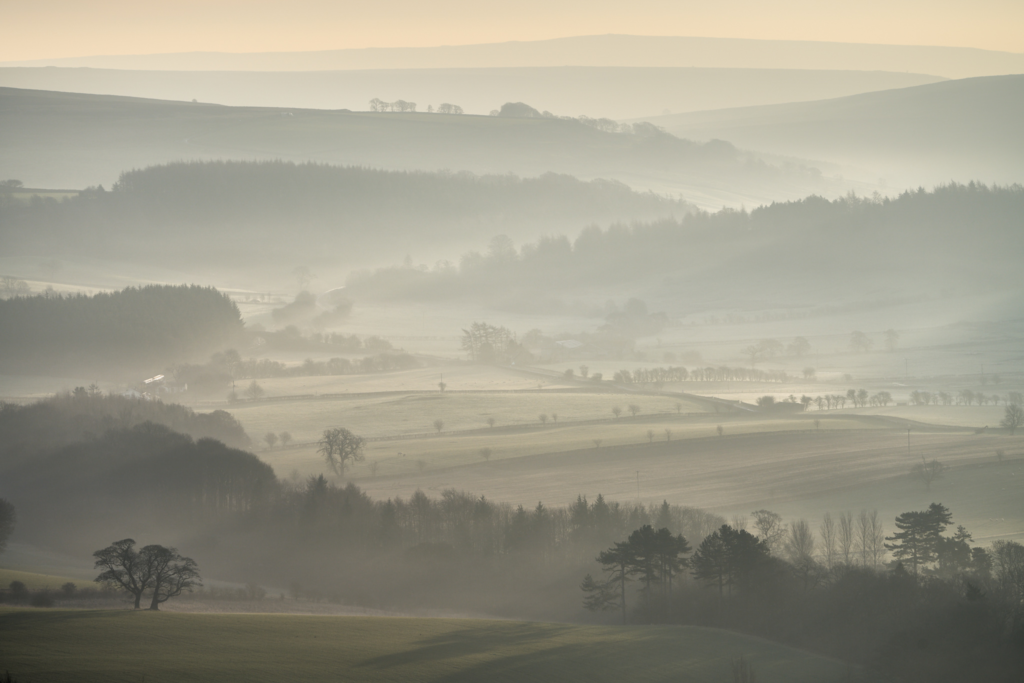
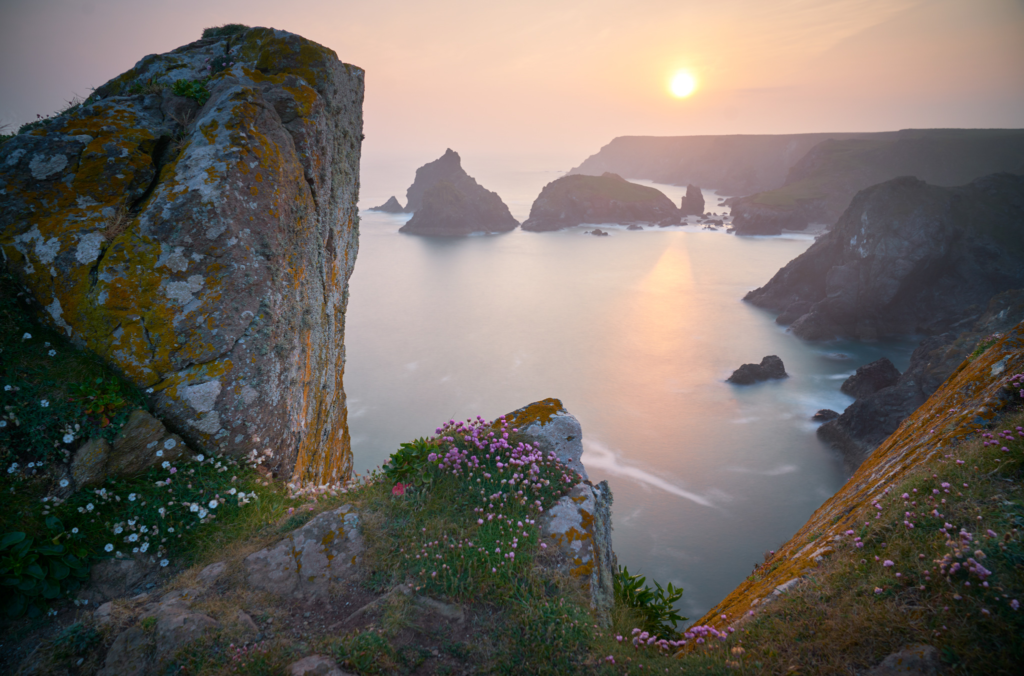
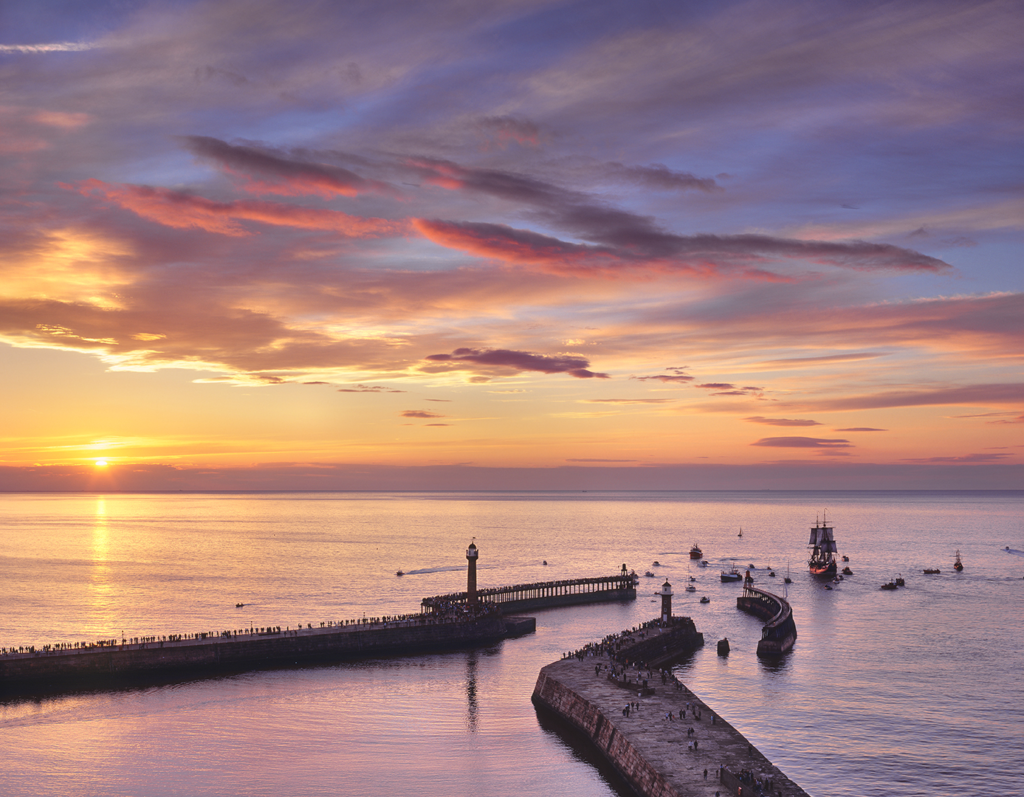
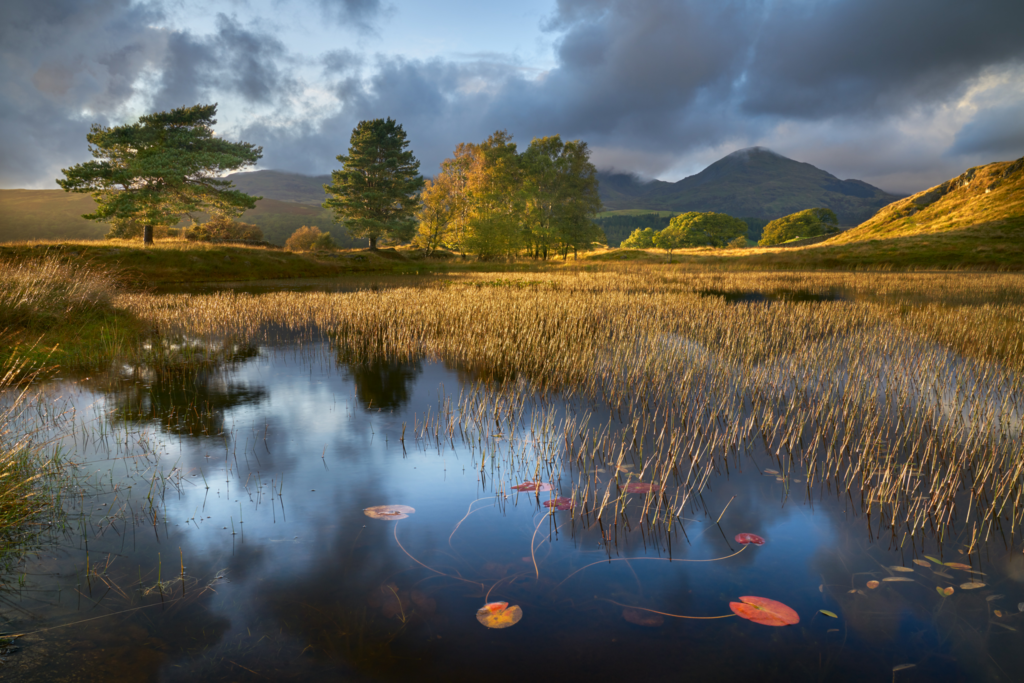
Joe cornish image analysis
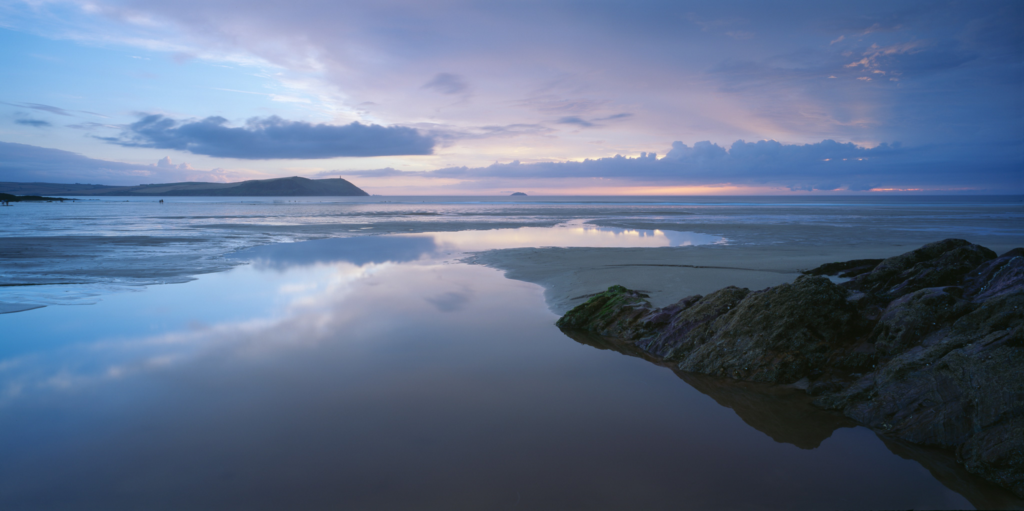
This photo is taken by Joe cornish in his series of photos called ‘Homeland’ which are landscape photos in the UK where he was born and lives, this photo is from the subcategory ‘England, South’ which contains lots of landscape photos as well as photos of the stunning sea and cliffs in the area such as the white cliffs of dover which are a natural landmark in the area protected by the National Trust. Joe would have have photographed this area when he helped make the book in search of Neptune for the national trust.
The photo is taken with a wide angle lense to help capture the vast seascape as well as using a clear lense and a low iso to capture sky and reflection to create little to no grain in the image and helps make the sky and reflection look soft and smooth which also contributes to the overall feel of the photograph. The temperature of the image is cool with the blue colours and the dimness in the foreground and right of the photo which adds to the contrast and depth. The photo also uses pastel colours with the white blues and the yellowy orange in the sky, this helps add to the beautiful aesthetic and the natural beauty creates a spiritual emotional connection with nature which the romanticists deeply valued. The beauty of nature is what Joe Cornish may be trying to achieve as he enjoys and appreciates nature hence why he spends a lot of his time photographing it.

Yann, I have seen you editing lots of new images that you have made in response to your project. make sure that you produce quality blog posts from each shoot, showing selection, editing and experimentation of images made. Produce variations of your best images, colour/ B&W/ tinted etc.
You also need a second artists case study, maybe choose Ansel Adams and make some monochrome images in response.
https://www.1854.photography/2023/02/jem-southam-four-winters/
https://www.tate.org.uk/art/artists/jem-southam-7537
https://huxleyparlour.com/artists/jem-southam/
https://youtu.be/f67rBa6o72U?si=1h1fkCuG8st1wAmr